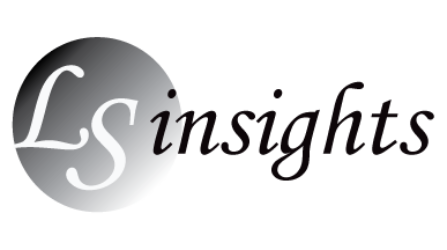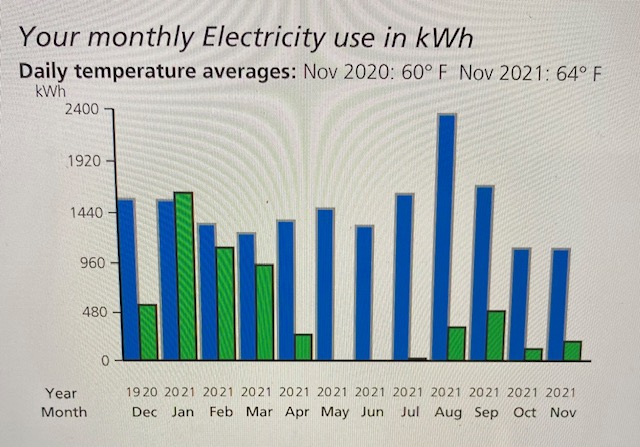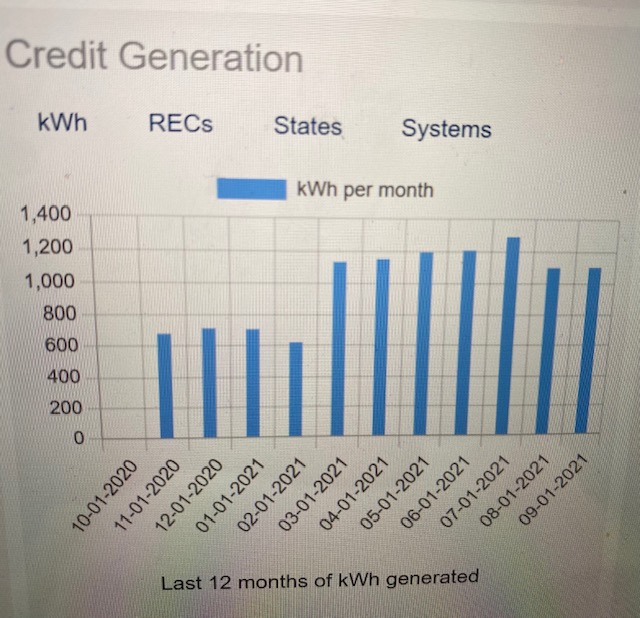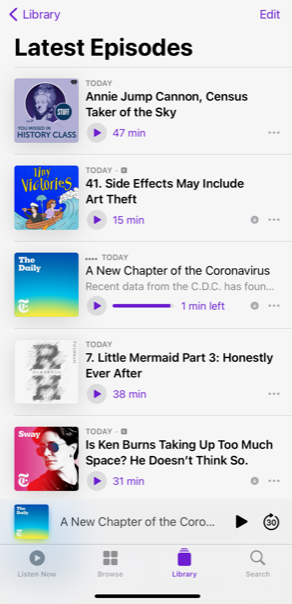
With all the chatter swirling about the “Great Resignation,” it’s worth thinking about how we make decisions along our life path. After listening to the first podcast episode below, I thought about how my life has evolved and how deliberate I was about constructing it. It’s a sketchy picture.
Such reflection brought me back to when my daughter and I were discussing college majors (as she was considering her college options). When she asked me how I chose my major, it was the first time I realized I didn’t consciously choose it. Rather, my older sister suggested I be a business major. That was it. I became a business major and never questioned that path. I’m not sorry, as I really liked the course of study I pursued (finance), but I was far from intentional about how I chose it.
Dream, Design, Dare, Do
I’ve never been one for planning for the long-term. I’ve written before about how I hate the question, “where do you see yourself in 5 years” as I see it as potentially preventing one from unforeseen, novel opportunities. But I like the idea of the “dream, design, dare, do” methodology that the interviewee recommends. It’s about identifying one’s passion and then pursuing it in a methodical away that builds in accountability and accomplishment.
I wish I had had a four-step process before I wracked my brain to figure out bumps along my road. My haphazard processes helped me work through key decisions throughout my life — whether about career moves, finding a life partner, taking the plunge to retire much earlier than I would have thought, or getting up the gumption to become a blogger — but in less efficient and satisfying ways than they might have.
In one instance, I was facing being laid off due to drastic budget cuts at the US Department of Energy. I was thrust into evaluating my current job vs private sector opportunities. This process helped me realize I loved public service and at the time (late 1990’s), it was the US Government that was the most knowledgeable and innovative about climate change policy. This potential glitch really got me to appreciate where I was. Luckily, layoffs in the end didn’t get to me, and I was able to jump gratefully and enthusiastically back into the job I already had.
More recently, a close colleague and I were talking about whether we should stay the course or leave government in our likely last career hurrah. To stay accountable to each other, we made a pact to have lunch every few weeks with the expectation that we had to make progress on the job exploration front. Even tiny progress was acceptable, whether just looking at or updating our LinkedIn profile or resume; looking at Indeed.com or Glassdoor.com; or contacting someone outside of our current jobs. Just knowing that we were meeting soon was a forcing function that motivated us each to act. It also killed two birds – we had fun having lunch while moving the ball forward on preparing ourselves for our next career move.
Taking the pressure off
The last thing I want to do is freak out any early to mid-career person trying to figure things out. It’s impossible for someone in their twenties or early thirties to have enough life experience to anticipate all of one’s life possibilities. Circumstances around relationships, kids, health, politics, the state of the world, etc. are not predictable. Rather, we really do evolve based on the good and the bad that unfolds in life. Although it’s helpful to have broad potential goals, it’s not essential. Think about taking it one step, and decision, at a time.
Smell the Roses
While contemplating our situation, especially if feeling down, it’s worth paying attention to the small wins in work or life. This allows us to “smell the roses” along the way, as the second podcast link below recommends. Embracing even small bits of praise received in a side comment or Slack message can build us up and help us feel accomplished even when everything isn’t rosy. I know I appreciated when I got a thumb’s up or a nice email praising my efforts. At times, these small wins gave me encouragement when I really needed it.
Another tip – remember to “age handicap” where you are. We tend to devalue our achievements and over-value other’s successes. It’s natural for younger folks to compare themselves to someone they admire, who’s usually older and much further along their career path. By “age handicapping,” consider where this person was at your age. They likely were not that much further along than you are.
When I spoke to groups or individuals in my later years at DOE, I found using my humorous or pathetic stories helped calm people down. In fact, this blog is absolutely focused on that — bringing perspective to folks as they go down life’s path. Covid has reminded us that we all experience highs and lows along the way. Sometimes we just need to ride the waves and give ourselves a break.
It’s good to know that we have more agency over designing our lives than we often think we do. While it’s good to “dream, design, dare, do” as we contemplate our next step, we don’t always have to be overly prescriptive as we do this. It can be okay to be directionally correct, so that we might get close to what we want without hitting the next step perfectly. Or, maybe it’s the act of being laser focused on realizing the dream that allows it to happen. Each situation is so different.
In these crazy times, a positive is that the massive movement so many are making offers more leeway to veer to a new path than ever, as employers are open to skills even if someone doesn’t know their industry that well.
It’s worth a gut check to see if we like the lane we’re on. If the answer is no, a four-step or other methodology can help redesign our personal highway. We are in the driver’s seat in our one shot at life.
I’d love to hear your experience with designing your life and/or your recommendations for others.
Recommended Listens:
“The 90 Day Reset You Need For 2022” from the HerMoney podcast with Jean Chatzky
“How to gauge where you are on your career path” from KERA’s Think podcast
“Tips for joining the Great Resignation” from KERA’s Think podcast












